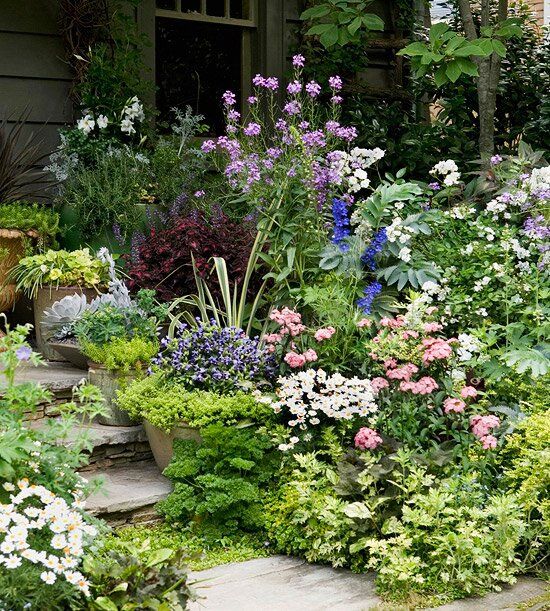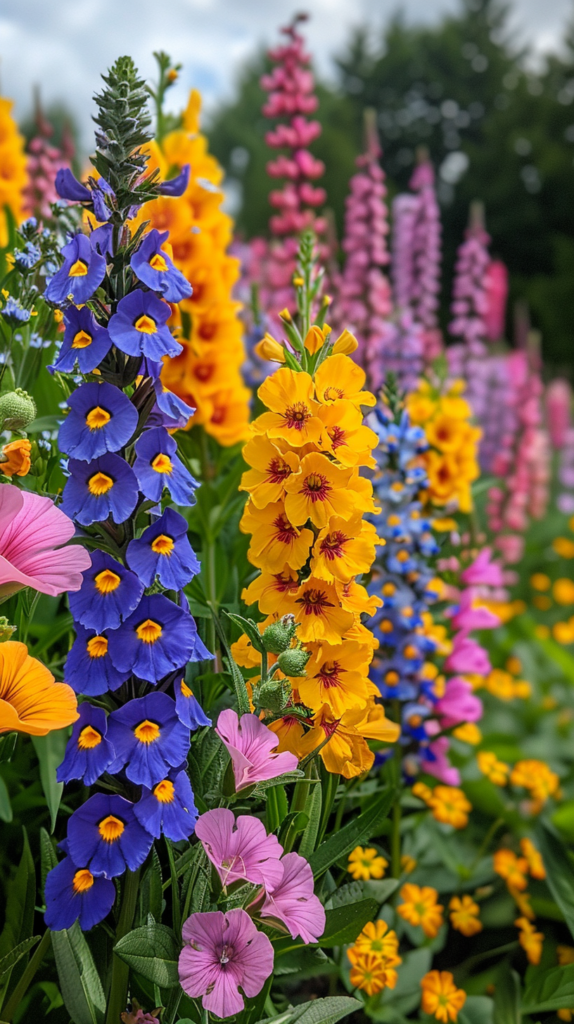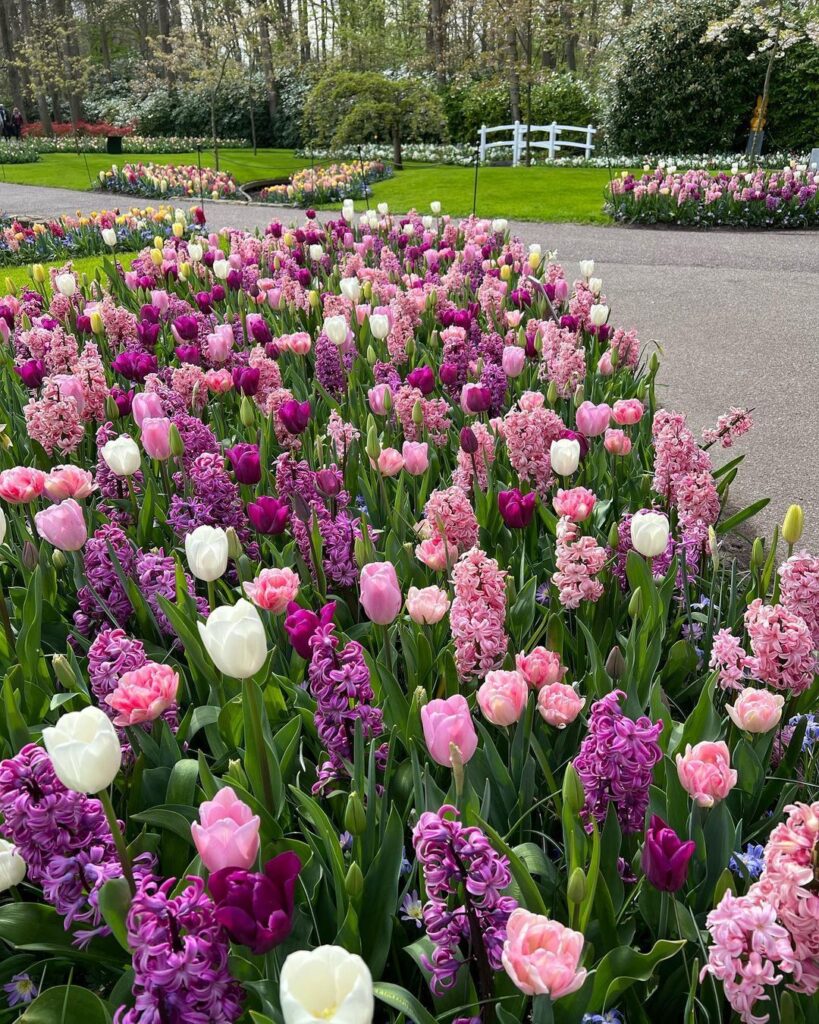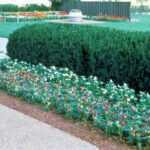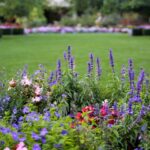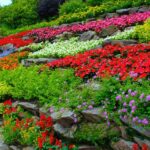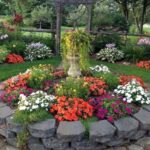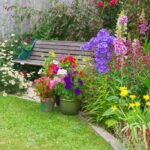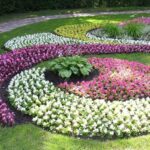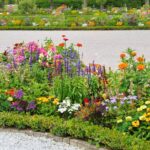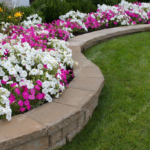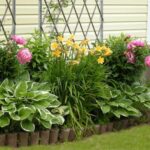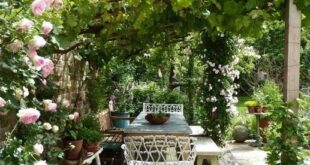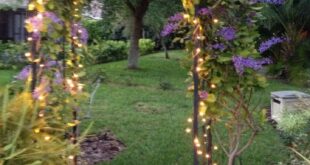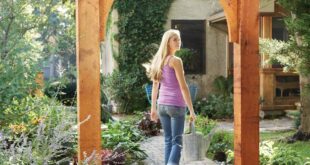Garden design is a key aspect of creating a beautiful and functional outdoor space. One of the most important elements of garden design is selecting the right flowers to plant. Flowers not only add color and beauty to a garden, but they also attract pollinators and beneficial insects, creating a healthy ecosystem.
When choosing flowers for your garden design, it’s important to consider factors such as the climate, soil type, and amount of sunlight the area receives. It’s also important to think about the overall aesthetic you want to achieve. For a cottage garden look, consider planting a mix of annuals, perennials, and biennials in a variety of colors and shapes. For a more modern garden design, opt for a more minimalist approach with a limited color palette and clean lines.
In terms of placement, consider the height and spread of each flower variety when deciding where to plant them. Taller flowers can be placed towards the back of a garden bed, with shorter flowers towards the front. This creates a sense of depth and dimension in the garden. Grouping flowers of similar colors together can also create a cohesive and harmonious look.
It’s also important to consider the bloom time of each flower variety when planning your garden design. By selecting flowers that bloom at different times throughout the growing season, you can ensure that your garden will be in bloom for as long as possible. This can be achieved by planting a mix of spring, summer, and fall-blooming flowers.
In addition to selecting the right flowers, it’s important to consider other design elements such as pathways, borders, and focal points. Pathways can help guide visitors through the garden and create a sense of rhythm and flow. Borders, such as hedgerows or fencing, can define the edges of the garden and add structure. Focal points, such as a sculpture or fountain, can draw the eye and create visual interest.
Overall, selecting the right flowers for your garden design is a key aspect of creating a beautiful and functional outdoor space. By considering factors such as climate, sunlight, aesthetic preferences, and bloom time, you can create a garden that is not only visually appealing but also supports a thriving ecosystem. Add in other design elements such as pathways, borders, and focal points, and you will have a garden that is truly a work of art.
 yishifashion Where Outdoor Dreams Become Reality
yishifashion Where Outdoor Dreams Become Reality
